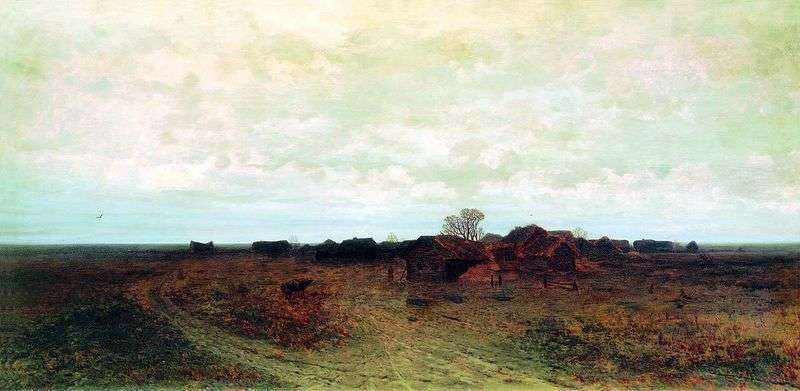
From the very first picture of “The Forgotten Village” a novice artist made him talk about himself as a venerable creator. The picture suddenly snatched one moment of the gray and wretched life of the forgotten, unnecessary people, showed the approaching death of the village, and, as a consequence, the still greater impoverishment of its inhabitants. The whole view of the canvas breathes with despair, melancholy and despondency.
Rusty-dirty colors painted even the very nature. Black, rotten houses, with dead eye sockets of windows look to nowhere. The road cautiously rounds this dying place and runs off into the distance, to where the sky is still light. Yes, there, on the horizon there are gentle blue skies, and above the village even blue is diluted with dirty greens. It can be seen that autumn is in the yard, however, even hay is not collected in neat stacks, but is hopelessly piled right in the yard. And the court itself, as such, no. Perhaps, once there was a fence, but now only single logs remained from it.
A lean cow calls out to the owner with a moo, but he is busy with his own business. His face is not considered, but the whole figure of the peasant speaks of silent humility and quiet despair. Is there anyone else left in this corner, forgotten by God? Will this same peasant with his only cow survive another winter, it’s not interesting to anyone.
Everywhere dirt, poverty, scarcity. It seems that nature itself does not want to brighten up the days of this village with any vegetation. Yearning and despair. Kuindzhi was able to display so much the unattractiveness and tragedy of the moment, so fill his picture with the oppressive mood that his work at the exhibition of artists took first place.
 Ladoga Lake by Arkhip Kuinji
Ladoga Lake by Arkhip Kuinji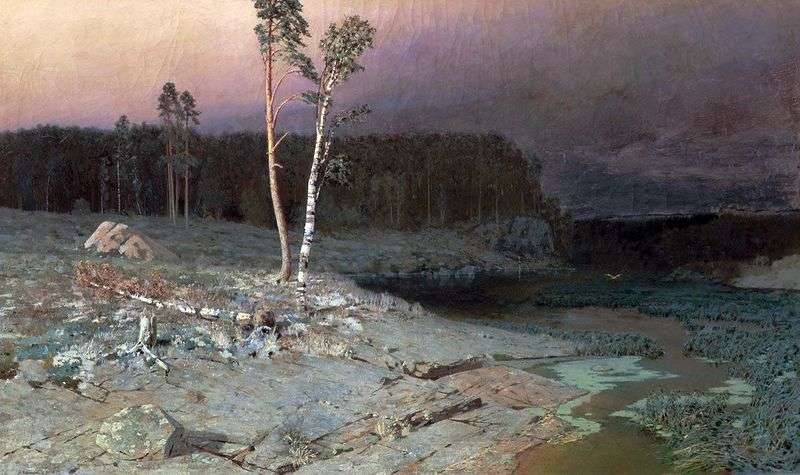 On the island of Valaam by Arkhip Kuinji
On the island of Valaam by Arkhip Kuinji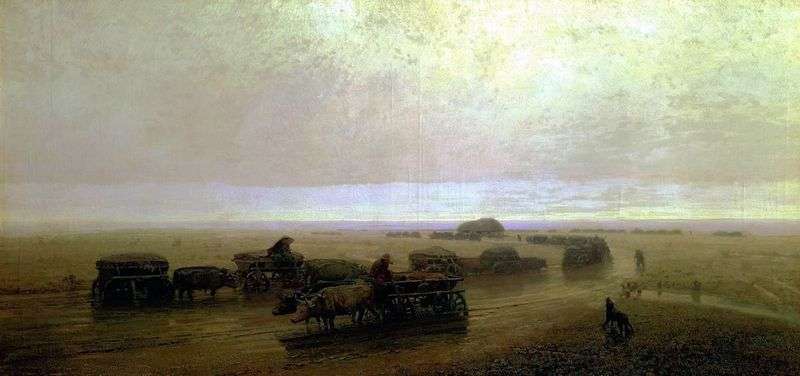 Chumatsky highway in Mariupol by Arkhip Kuinji
Chumatsky highway in Mariupol by Arkhip Kuinji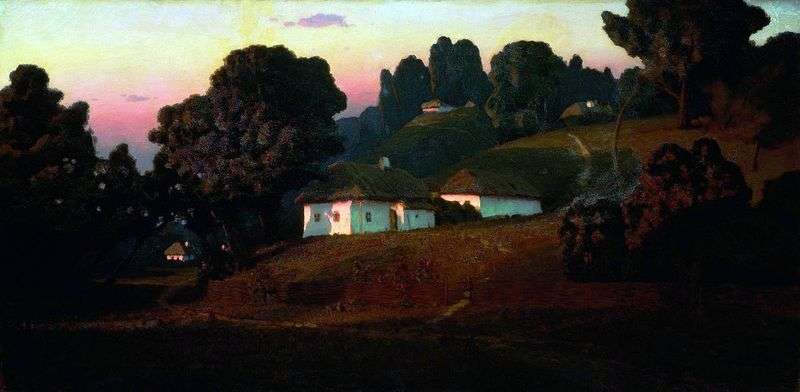 Evening in Ukraine by Arkhip Kuinji
Evening in Ukraine by Arkhip Kuinji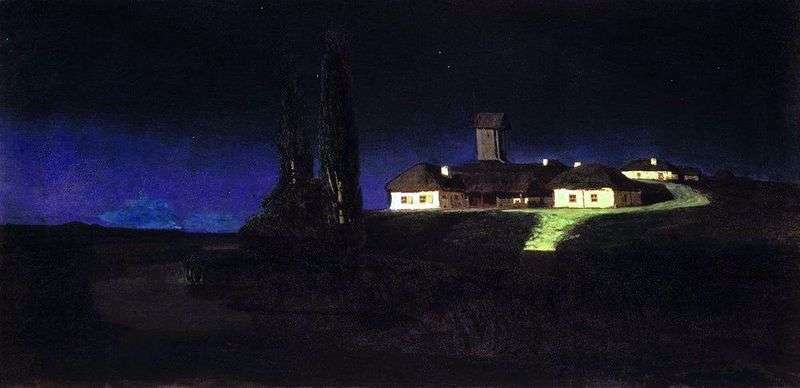 Ukrainian Night by Arkhip Kuinji
Ukrainian Night by Arkhip Kuinji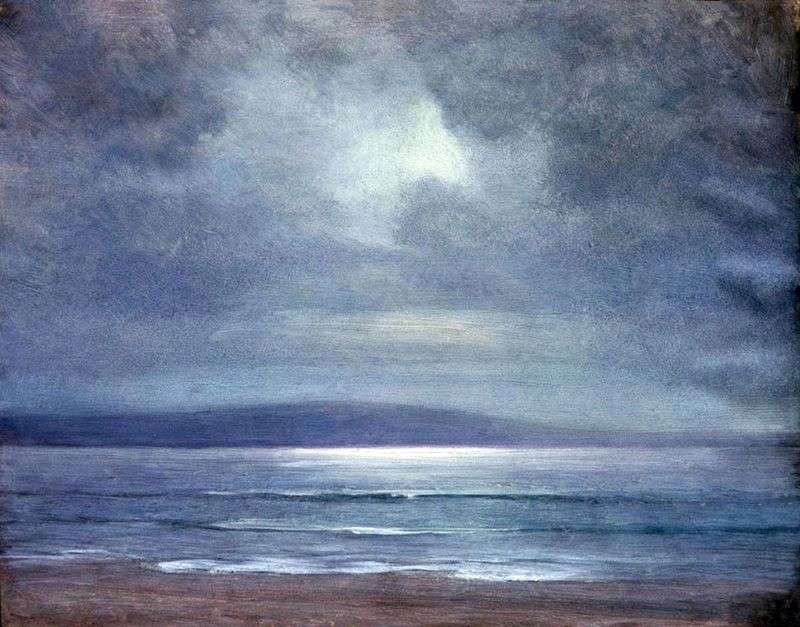 The sea by Arkhip Kuinji
The sea by Arkhip Kuinji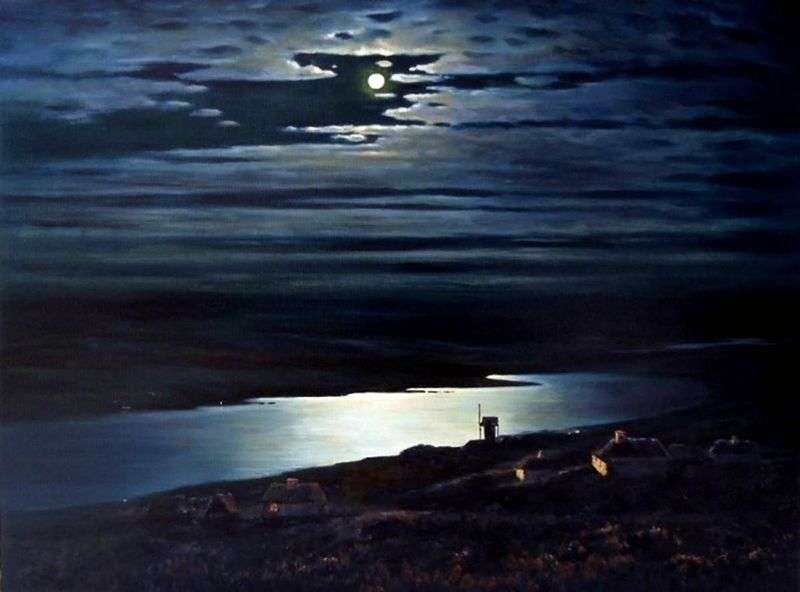 Moonlit Night on the Dnieper by Arkhip Kuinji
Moonlit Night on the Dnieper by Arkhip Kuinji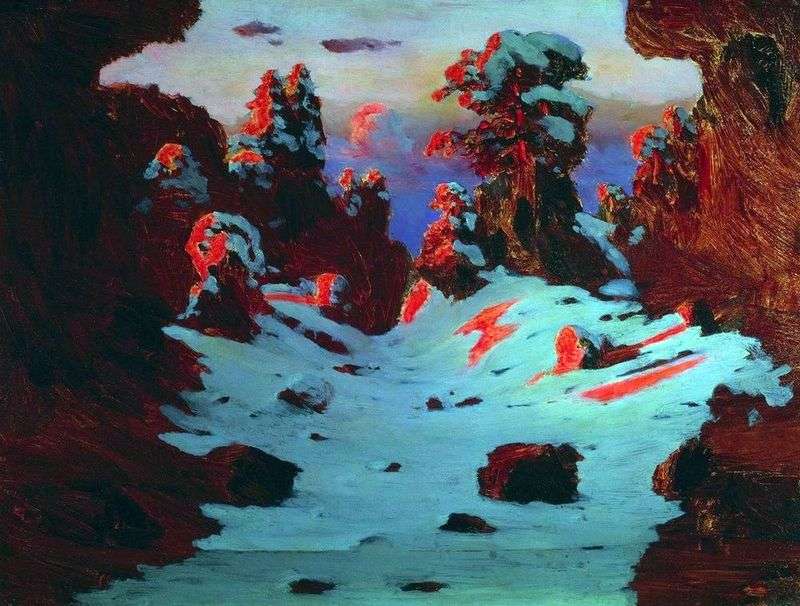 Sunset Effect by Arkhip Kuinji
Sunset Effect by Arkhip Kuinji